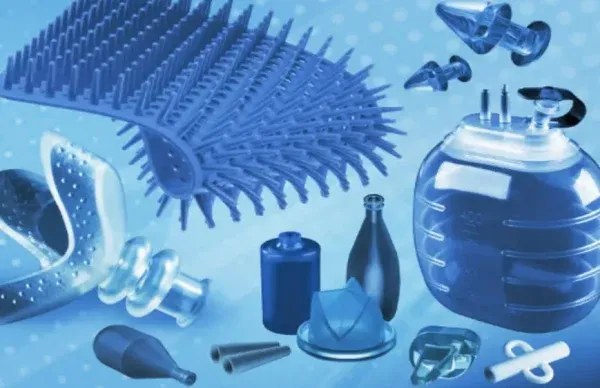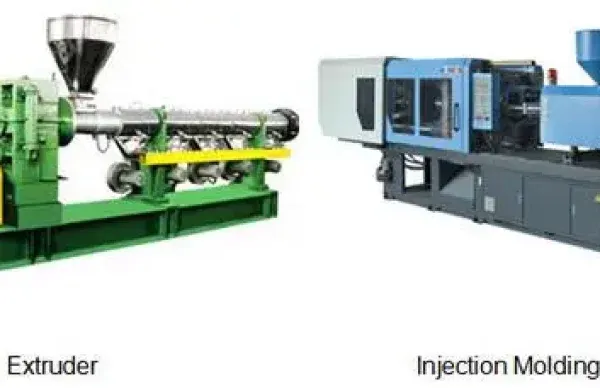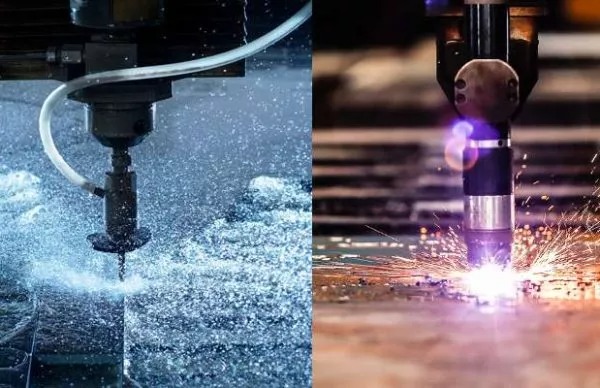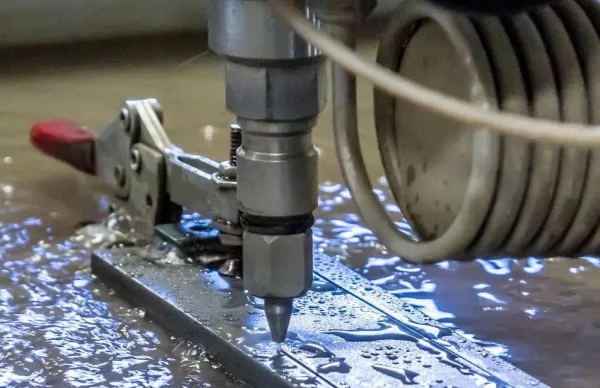Are you facing difficulties in creating medical components that need a specific level of safety, precision, and accuracy? There’s some good news that with medical injection molding, you no longer need to worry about high accuracy, consistent quality, and cost-effectiveness.
Yes, this method allows you to maintain a level of hygiene and repeatability while overcoming manufacturing problems. So, in this blog, we will discuss medical injection molding technology in complete detail. Just stay connected!

What’s Medical Injection Molding?
“Medical injection molding is the means of manufacturing plastic parts for medical devices using specialised equipment.”
It helps with the creation of specific parts, which in turn allow for uniformity and precision. These parts may be the tiny parts inside large surgical instruments. You know, in healthcare, there is a need for specific standards that these industries support. For example, FDA certification to import into the USA, ISO 13485:2016 for quality verification, and ISO 10993.
So, there is a need for shaped plastic to be melted and poured into molds to create above set standards.
Injection molded medical devices need to perform all their functions without any errors, allowing patients to trust the devices. Making all the components at the same time aids the possibility of the tasks being carried out at the same time, allowing precise scheduling for timely delivery.
The Injection Molding Process
Injection molding may sound like a complex process, but one thing is for certain: it is consistently organised. Here is an easy-to-follow guide that walks you through the steps:
Step 1) Material Loading: As with all instructions, the first step is to load the plastic pellets or granules, which are often medical-grade. The reason these specific plastics are selected is due to their safety and suitability for medical applications.
Step 2) Melting: As with most procedures, the next step is to heat the plastic pellets within the injection molding machine for medical, so that they melt to form a thick liquid. Further, this melted substance now stands ready to be shaped.
Step 3) Injection: This step involves pushing the melted plastic into the mold cavity under high pressure. On this point, the cavity shape is identical to the part that has to be made.
Step 4) Cooling: Now that the molten plastic has been put in the medical device injection mold cavity, it should cool and solidify into the shape of the cavity. With this in mind, the shape should be perfect.
Step 5) Ejection: Finally, after opening the mold, the part should be set to eject. After this is done, further inspection or processing is optional, depending on what the specifications indicate.

Why is Precision and Repetition Key?
Medical injection molding is perfect for your precision and bulk production requirements. Because via this technique, you can produce thousands of similar products of exactly the same quality. Moreover, it produces parts that follow the strict standards and must at the required application, so there’s nothing to worry about.
We all know that in the medical field, hygiene isn’t something to be compromised. So, they must be manufactured in clean rooms to further eliminate the risk of contamination.






